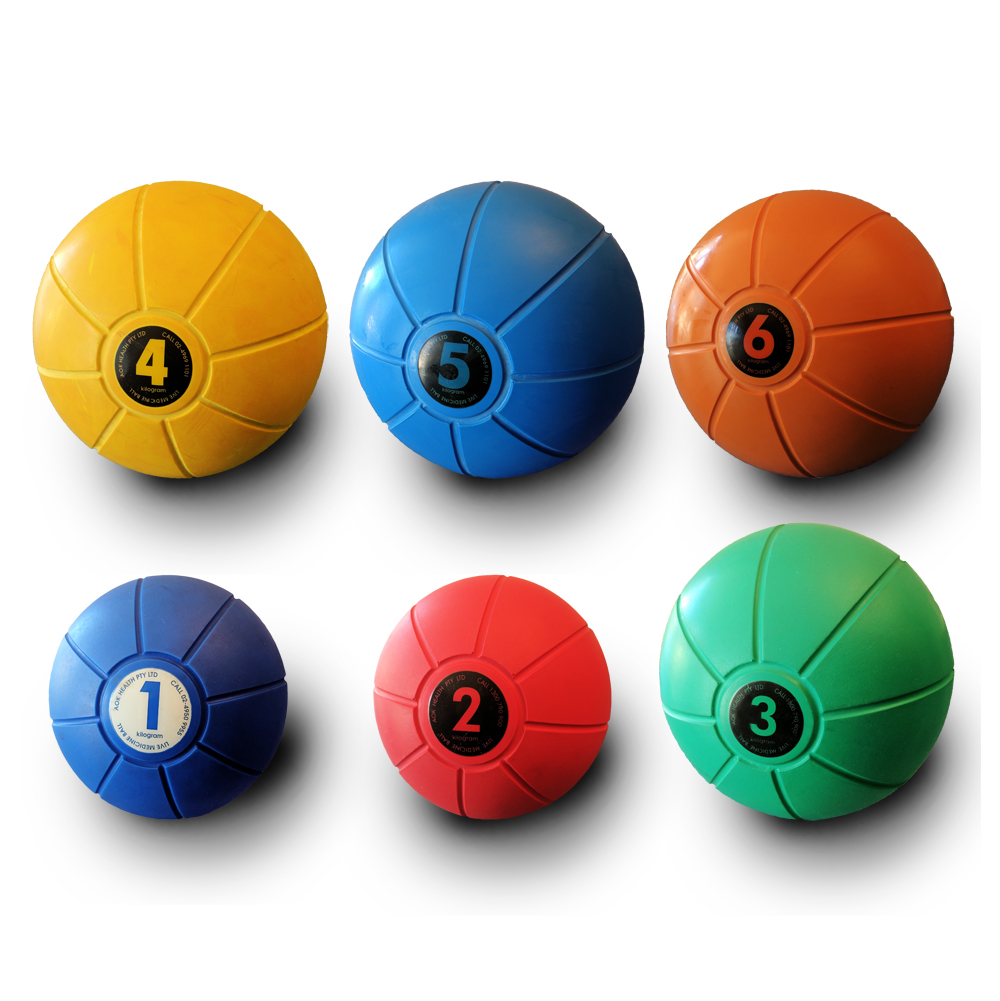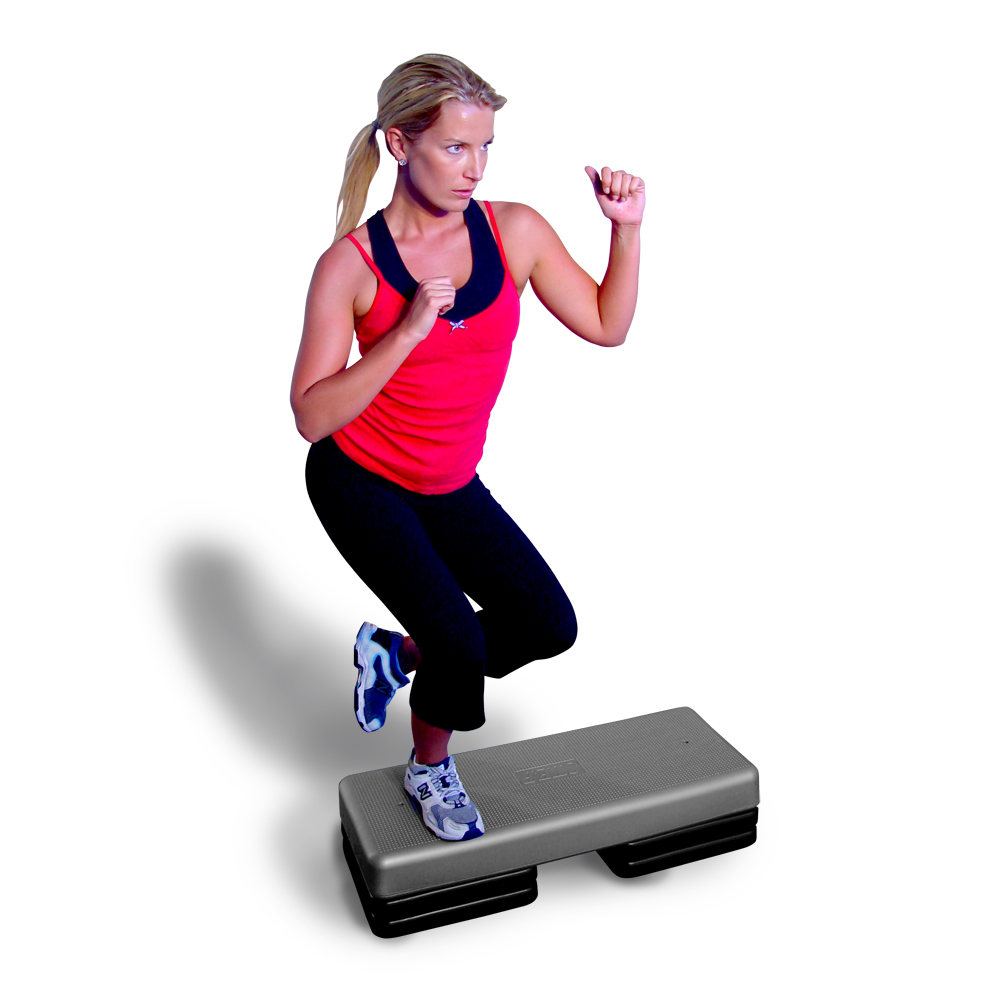Showing all 3 resultsSorted by price: low to high
Cardiovascular Fitness.
It reflects the amount of oxygen in the blood pumped by the heart and transported to the working muscles, as well as the muscles efficiency in using that oxygen.
When you’re working hard, your bodys metabolism increases. When faced with increasing energy demands, your body eventually reaches a limit for oxygen consumption/uptake (represented as VO2).
At this point VO2 reaches a peak value referred to as your aerobic capacity, or maximal oxygen uptake (maximal aerobic power, VO2max).
Increasing your aerobic fitness means increasing your heart and cardiovascular systems capacity to perform their most important task, supplying oxygen and energy to your entire body. The best way to improve your aerobic fitness is through activities that put the bodys large muscle groups to work dynamically-for example, walking, jogging, running, swimming, skating, cycling, stair-climbing and cross-country skiing.
Although your exercise habits have a big affect on your aerobic fitness, it’s also related to age, gender and heredity. Maximum fitness values occur between the ages of 15 and 30, decreasing progressively with age. With a sedentary lifestyle, VOmax decreases by 10% per decade-but if you maintain an active lifestyle, you can bring that number down to less than 5% per decade.


